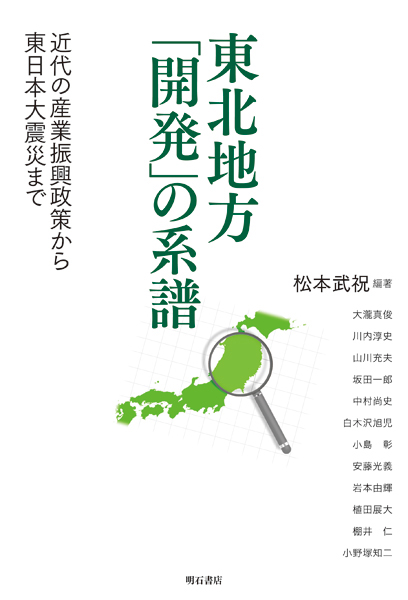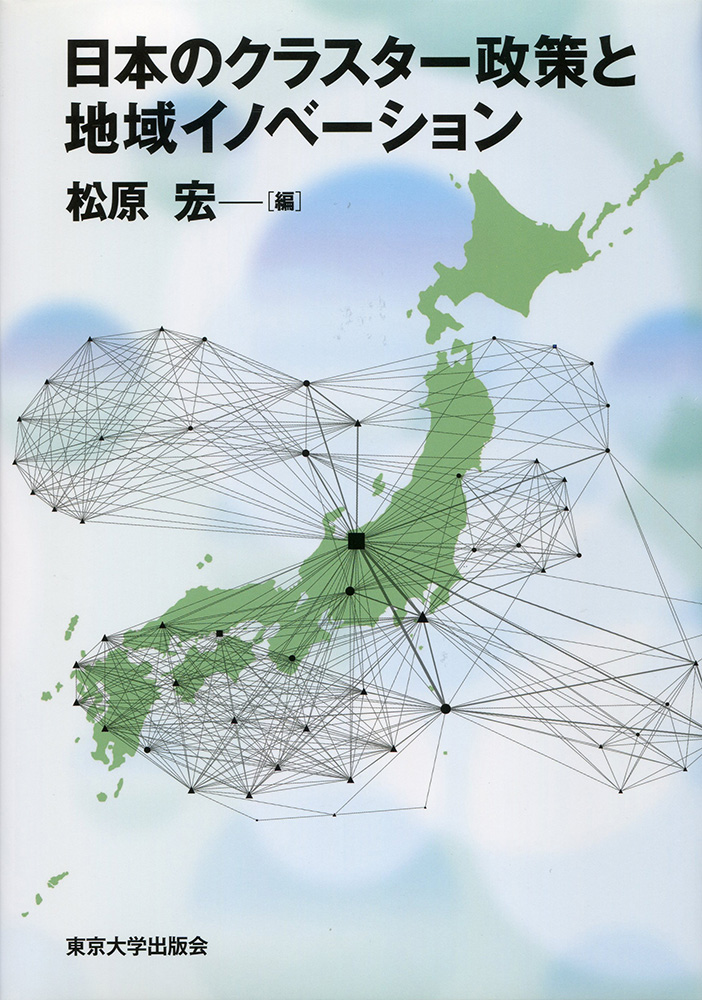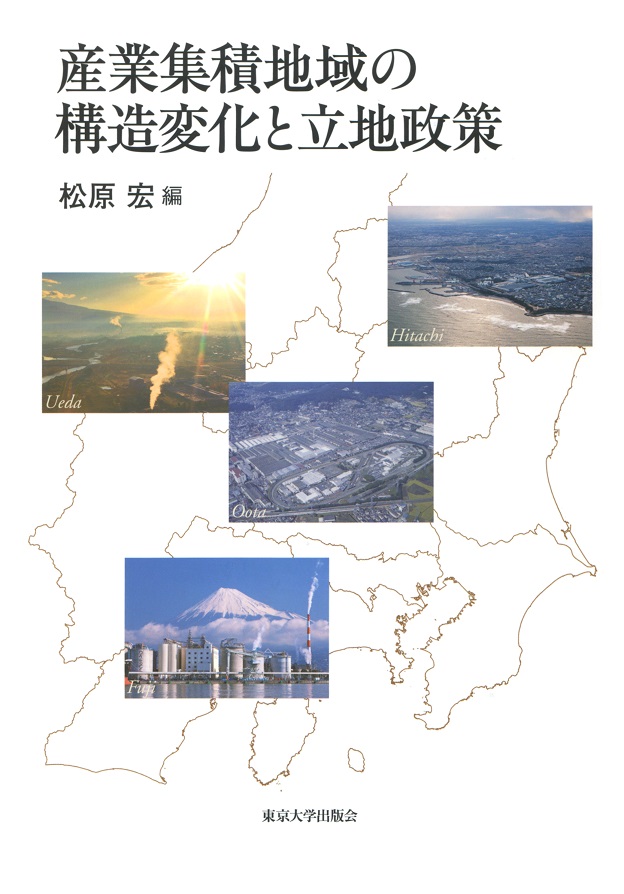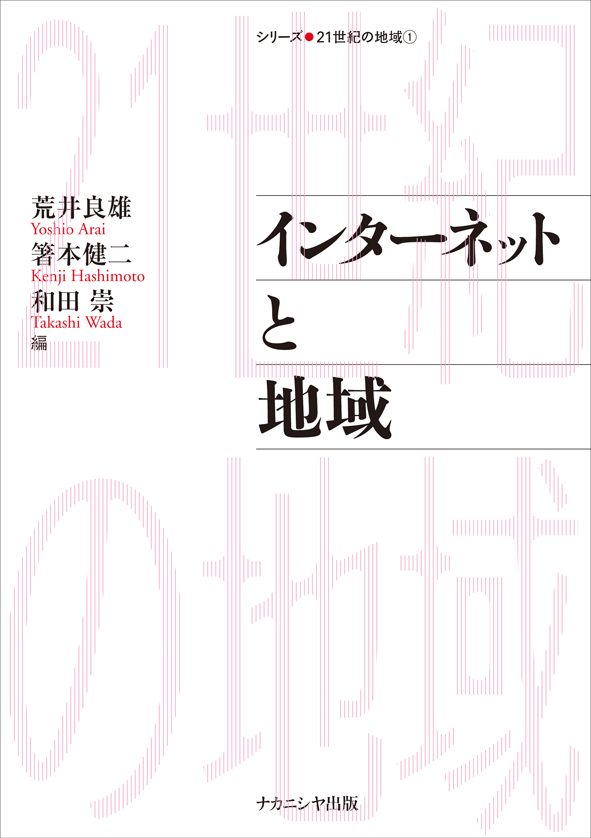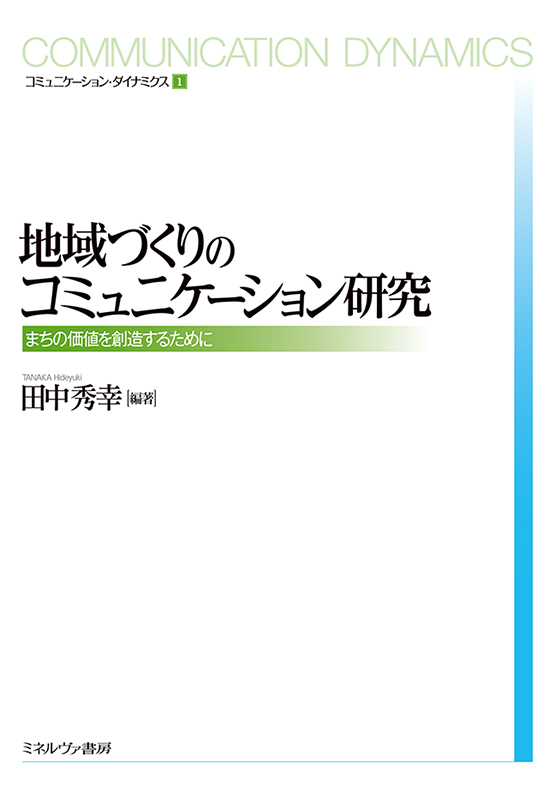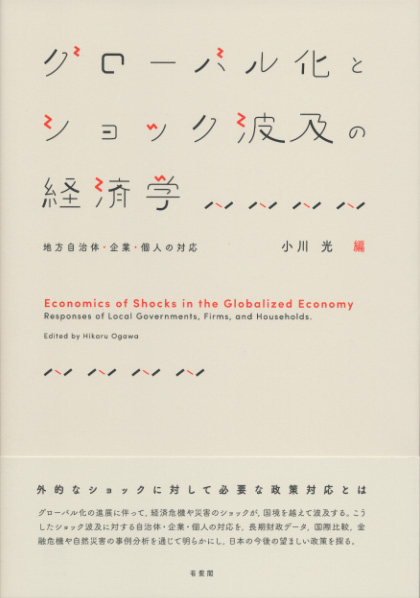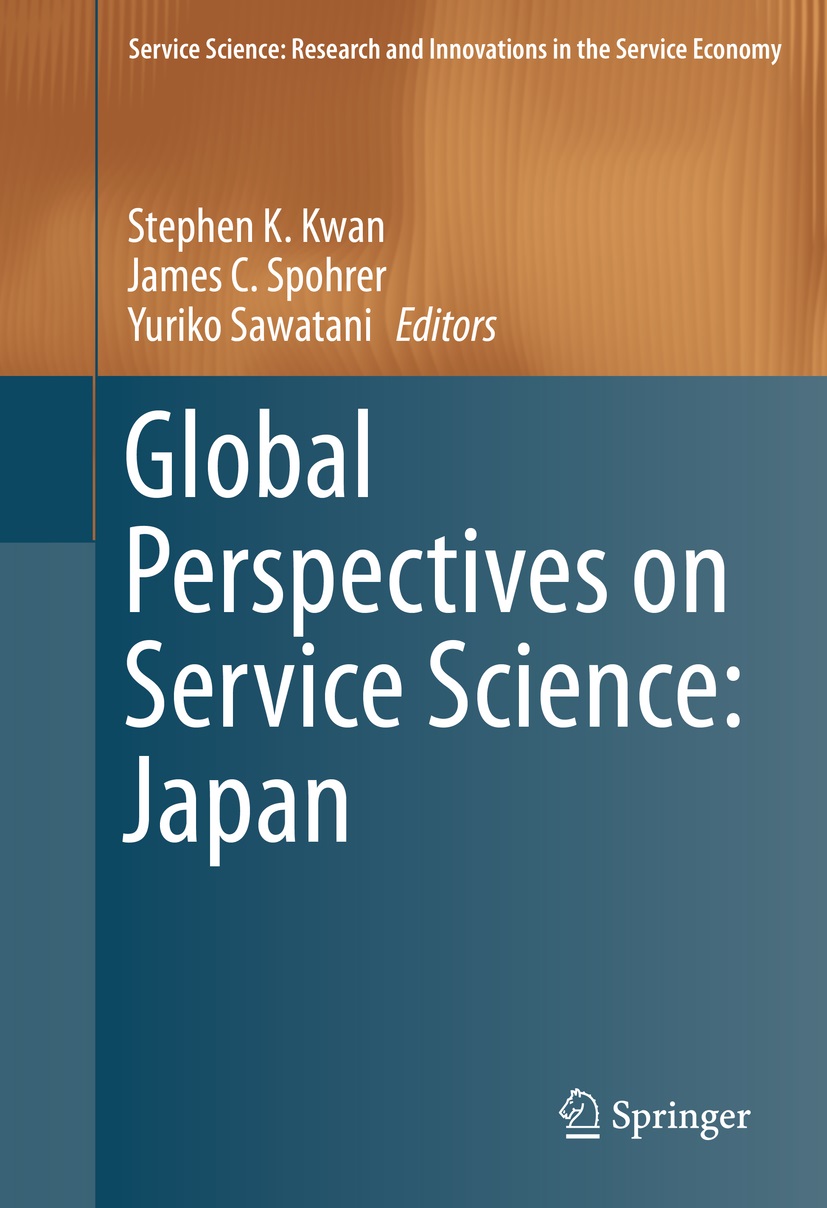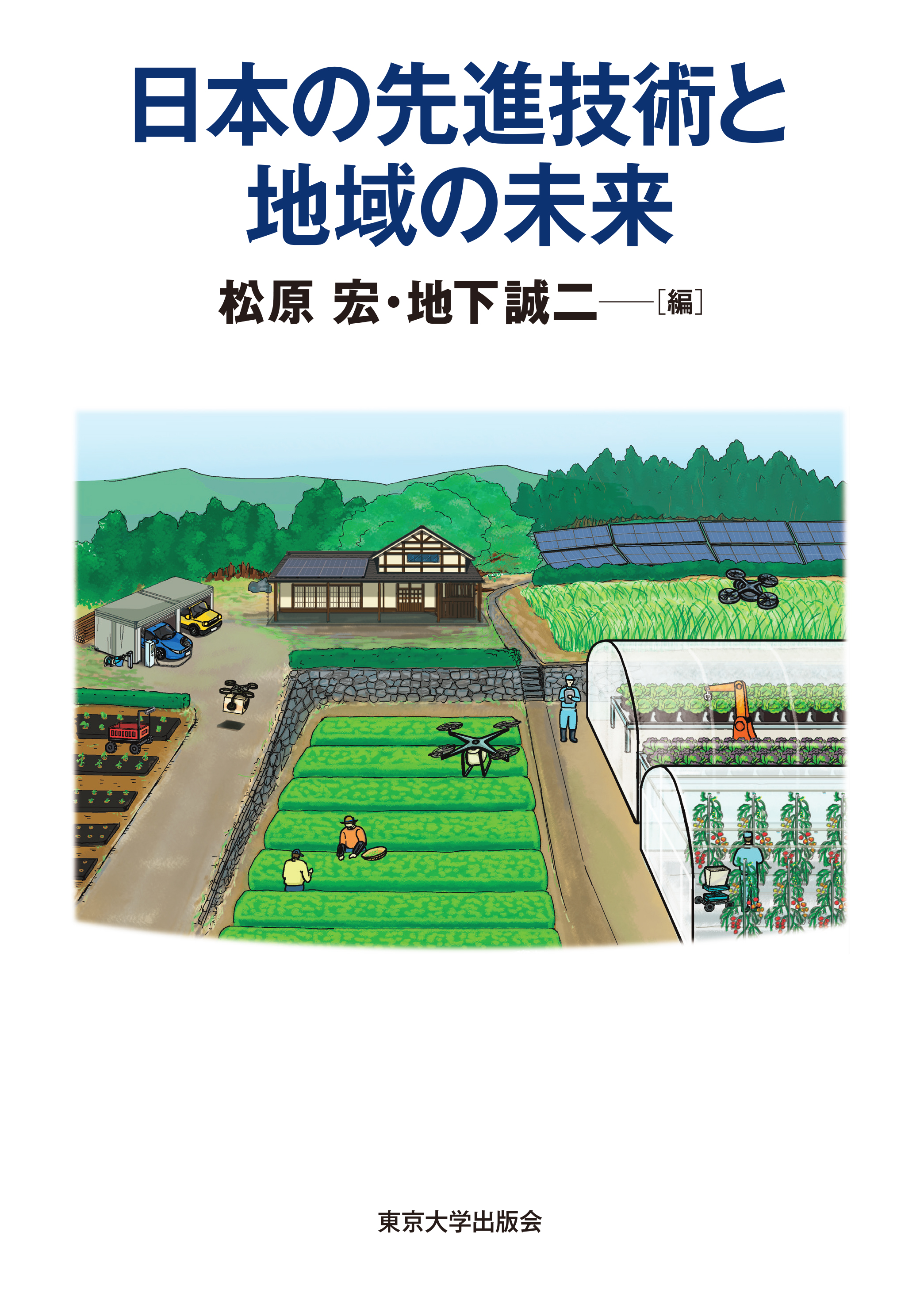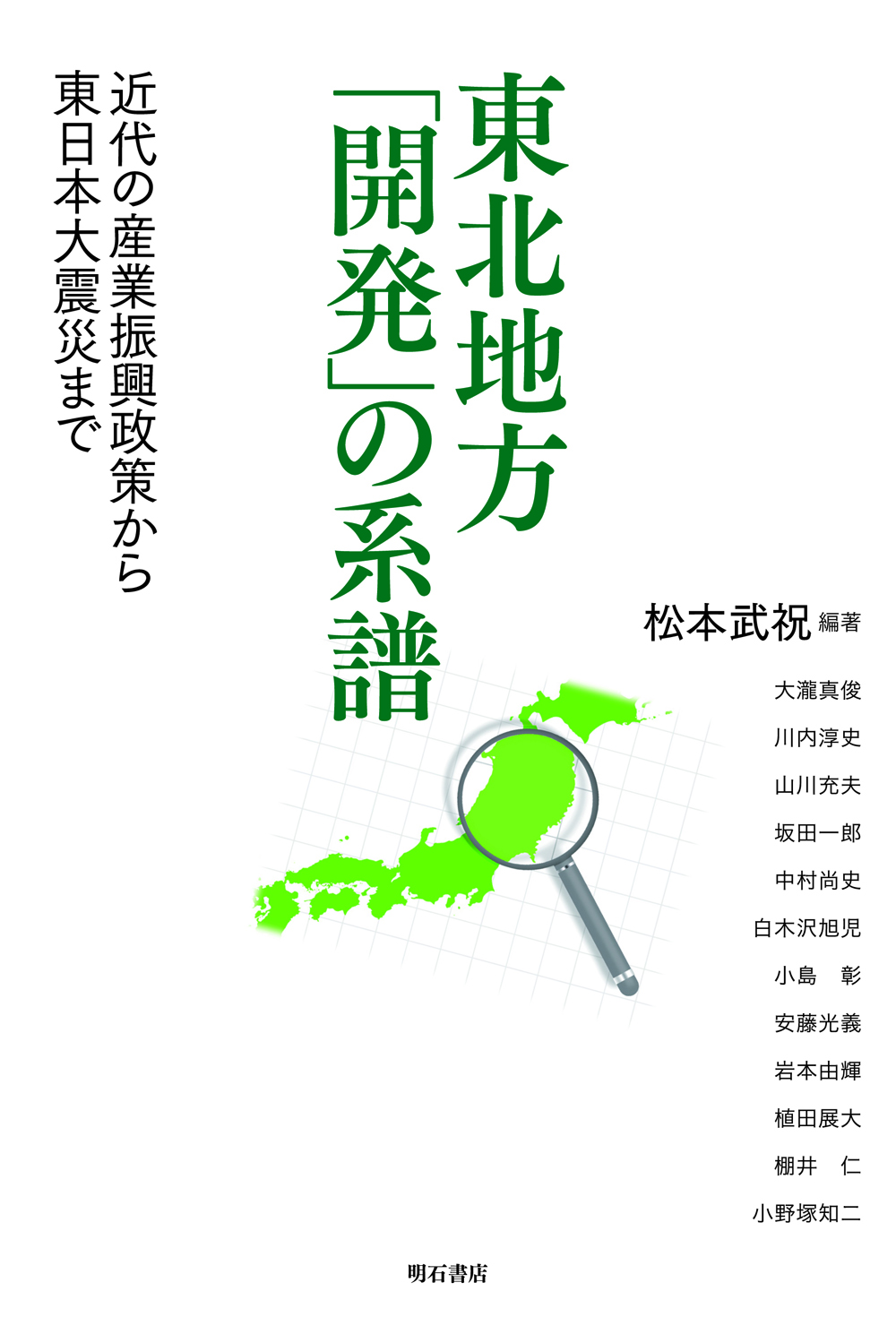
Title
“Network no shiten de miru Tohoku Chiiki no Sangyo-Kozo no Hatten to Seisaku” (“Development of the industrial structure in the Tohoku region from the viewpoint of the network and its implications for regional policy”)
Size
284 pages, 127x188mm
Language
Japanese
Released
March 11, 2015
ISBN
9784750341477
Published by
Akashi Shoten
Book Info
See Book Availability at Library
Japanese Page
The Great East Japan Earthquake in 2011 caused enormous damage in various areas of Japan, mostly in the Tohoku region. Lessons can be learned from this disaster in many respects. Specifically, this disaster highlights both the economic and social characteristics of the Tohoku region. For example, the disruption in supply chain after the earthquake clarified how the Tohoku region is embedded in the international division of labor. Most of these characteristics generated from the development policies implemented since the Meiji era. In light of the facts that have emerged from this disaster, this book is based on cross-sectoral discussions from four perspectives, namely economics, economic history, political science, and economic geography. Moreover, it provides a brief historical overview of the development policy in the Tohoku region, as well as of its significance and effects.
When we regard companies as nodes and inter-company transactions as links for collaboration and information exchange, the relationships between companies can be expressed as a network. The companies' activities are highly dependent on this network. Moreover, it can be understood that the industrial combinations formed in the region and the related inter-company networks are the cumulative effects of policy interventions and company activities conducted in the past. Therefore, this chapter first shows this by using social network analysis in an objective manner. Specifically, the following characteristics are featured: (1) Overall, many of the company nodes, which are hubs (core) and have a large regional influence, are groups of factories in large companies located in Tokyo, and the vertical relationships between Tokyo and the Tohoku region remain strong. (2) Autonomous, small-scale integration consisting of materials, parts, finished products, and related industries concentrate in a narrow geographical range. (3) There has been growth in medium-sized firms in the region, which play a role in connecting small-scale networks. Based on these facts, the industrial structure in the Tohoku region emerges as remarkably retaining the characteristics of factory integrations and branch economies formed as a result of development policies. In addition, it is considered that the development from thereon is generating horizontal ties within the region and autonomous industrial clusters.
Next, recommendations are made for the reconstruction of the Tohoku region based on the understanding of the industrial structures. In the short run, it is important to get economic assistance for the reconstruction to repair the damage within the networks due to the earthquake disaster. Meanwhile, in a medium run perspective, it is necessary to take a creative approach to reduce the gap between the networks.
The ideas presented in this book include the assistance measures taken in the reconstruction at the time of the Kumamoto earthquake in 2016. In addition, an independent evaluation index of influence or positioning of each company within the regional networks (hubs or connectors) used in this analysis was later considered as a useful indicator in social evaluations. While the data is recorded in the Regional Economy Society Analyzing System (RESAS) operated by the Cabinet Office, it is also used as one of the numerical indicators for the selection of "Driving Company for the Regional Future 2100 companies," which is a measure considered in the Regional Future Investment Promotion Act in FY 2017.
(Written by SAKATA Ichiro, Professor, School of Engineering / 2018)



 Find a book
Find a book


